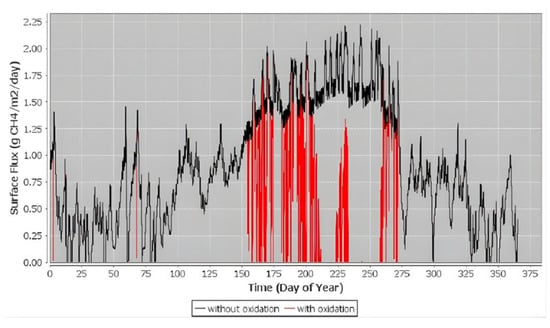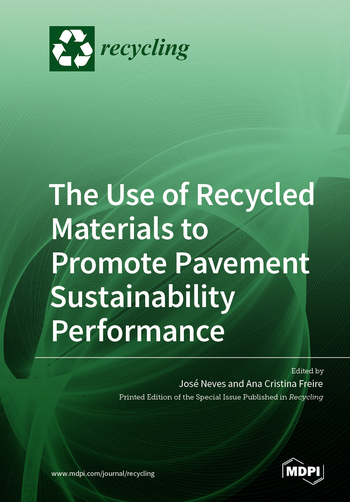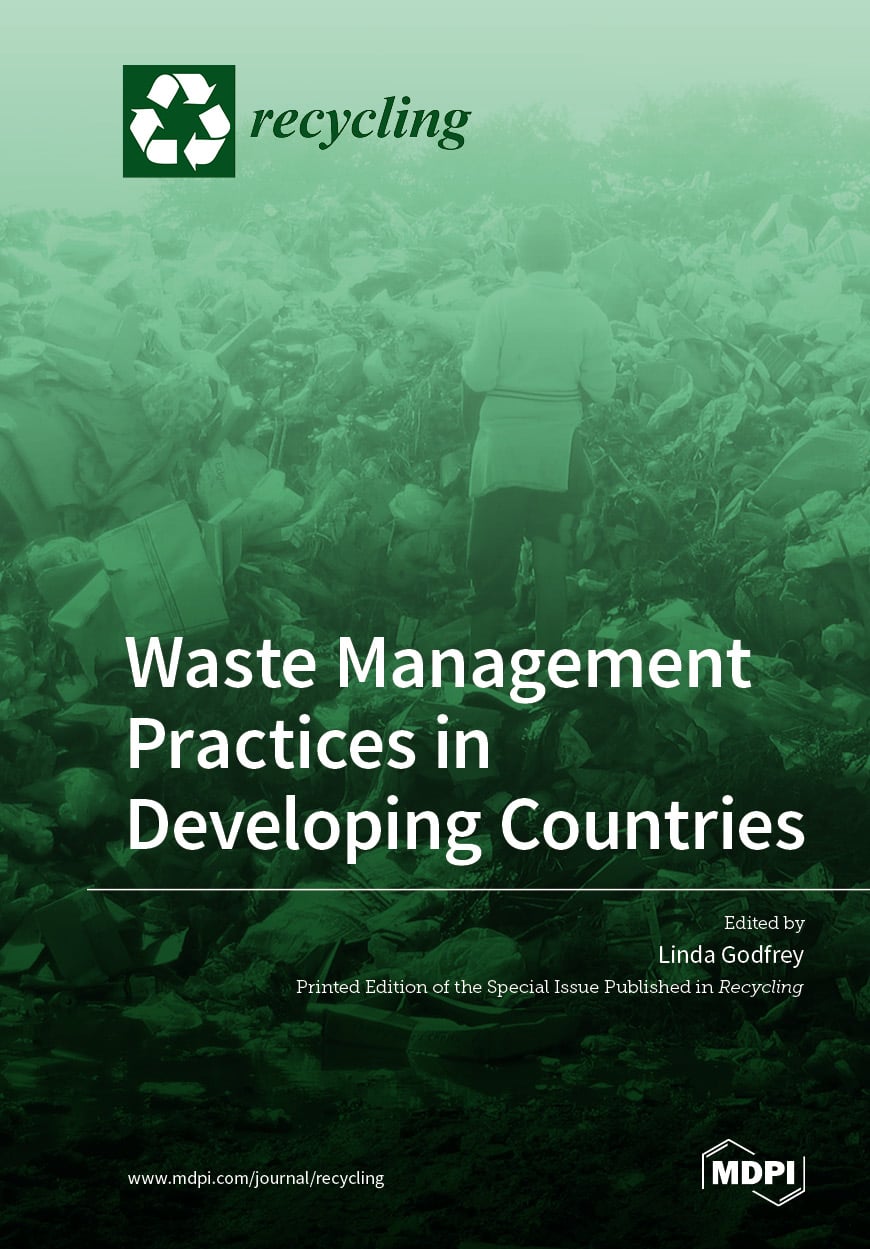- Article
A Carbon Footprint Comparative Analysis of Anaerobic Digestion vs. Landfill Gas Recovery in Brazil
- Juliene Maria da Silva Amancio,
- Kelly Alonso Costa and
- Welington Kiffer de Freitas
- + 7 authors
This study compares the carbon footprints of two municipal solid waste treatment technologies—anaerobic digestion and a gas recovery system—with the aim of evaluating their potential for biogas recovery and greenhouse gas (GHG) mitigation. The analysis applies the 2006 IPCC model to real operational data from the Paracambi Waste Treatment Complex (Rio de Janeiro, Brazil), integrating carbon footprint estimation and environmental compensation modeling through tree planting. From a different perspective, this work evaluates the replacement of biogas recovery with a biologically controlled system based on material segregation. Within the limits and parameters defined for the system, anaerobic digestion achieved net emissions of 0.0029 tCO2eq per ton of organic waste, compared to 1.14 tCO2eq per ton for the biogas recovery system. This represents a potential 393-fold reduction in GHG emissions. However, this result is specific to the modeled conditions and does not consider the full life cycle impacts of non-organic waste fractions. The results suggest that anaerobic digestion, when integrated into an efficient selective collection system, can significantly improve energy recovery and mitigate the carbon footprint of waste management systems.
25 December 2025




